What type of lights are suitable for growing plants?
Of course, nothing beats natural sunlight when it comes to growing. However, technology has made growing lights for indoor gardens easy and feasible. What kind of lights to choose, how many beads are needed, and how long to irradiate the plants have those obvious benefits, in fact, grow lights are widely used around the world in hobbyist apartments or large greenhouse farms
First we need to understand why plants need light?
All living things need energy to grow. Humans obtain energy from food. Plants obtain energy from light through a process called photosynthesis. The photosynthesis reaction can be explained as carbon dioxide + water + (light energy) -> glucose + oxygen, in this process, plants obtain light energy through chlorophyll in leaves. Energy is used to react carbon dioxide (from the air) with water (absorbed by the roots and transferred to the stems and leaves) to produce a sugar called glucose. This sugar is consumed or converted into starch during respiration, which is then stored. Oxygen is a by-product of this process.
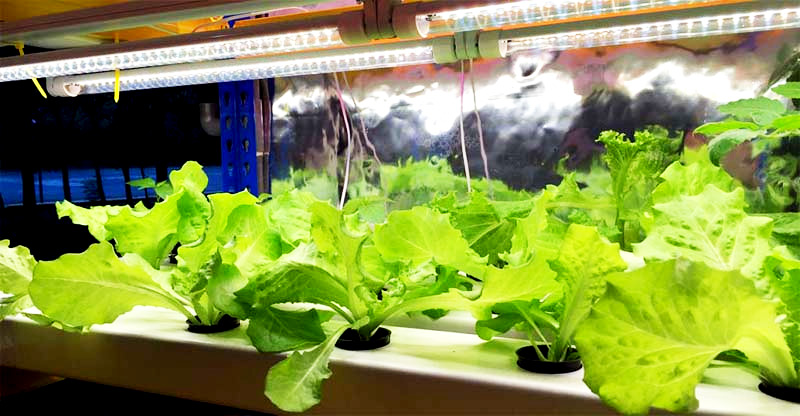
There are many criteria that can help us determine the best grow lights for indoor gardens.
1.
How does light color (photosynthetic spectrum) affect plant growth? We use a parameter called the spectrum to know the wavelength of light. The spectrum, measured in nanometers, is useful for explaining how light affects plant growth. For indoor growers, the specific band we should consider is in the 400 – 700 nanometer range, also known as photosynthetically active radiation or PAR. We use different nanoscale ranges for different growth stages of plants. Specifically, blue light, ranging from 400 to 490 nanometers, is used in the growth stages of plants and leaves. Use orange-red light between 590 - 700 nm during flowering and fruiting stages. Green light from 490 to 580 has little effect on plant growth because plants are green in nature. Their cellular chloroplasts absorb blue and red light, but skip green when reflecting green.
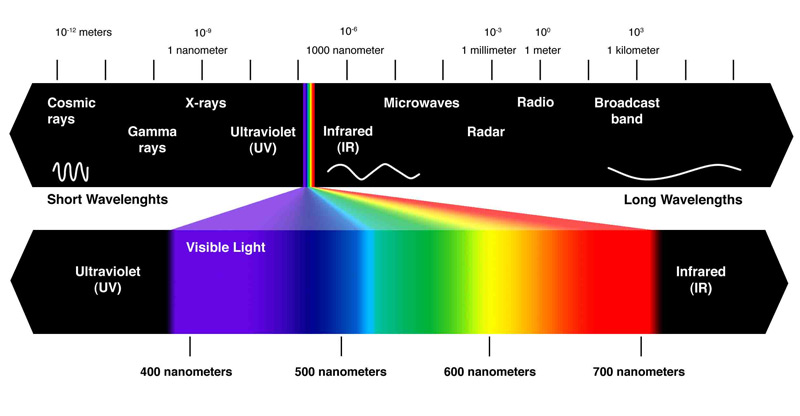
2. Intensity
Intensity is the amount of light a plant is exposed to. This depends on the type of lamp used, the wattage (W) of the bulb and the angle/position of the lamp.
3. Duration (Photoperiod)
Photoperiod refers to the duration of lightning strikes that we are exposed to in plants. Generally, plants grow best with 16-18 hours of light per day. Regardless, more exposure was not found to improve plant growth. Plants that indicate photoperiod, even if day length triggers the flowering feature, should be placed in 12-14 hours of light as soon as flowering is required. Subsequent dark cycles and plants should be kept in complete darkness for proper formation of fruit and flowers. A timer is used to control the duration.
4. Plant species and growth stages
Different species of plants may require different light intensities. For example, plants that live in jungles often don't need as much light as plants from hot, sunny climates. Also, at different stages, the amount of light that plants need is different. Of course, we can consider getting full spectrum grow lights to facilitate all stages of growth.
5. Placement
Placement can help us understand how many light beads are there and what kind of lights can provide the best coverage and exposure for our plants. Essentially, if the light is farther away from the plant, the amount of light the plant absorbs, the amount of heat it produces will be less.
Typically, 30 – 50 W per square foot of planted area is required. Proper placement of lights in our room is an important factor that cannot be overlooked.
Types of grow lights
There isn't one grow light to choose from. All of these are useful and have their pros and cons. Let's dive into each of them.
1. High Intensity Discharge (HID)
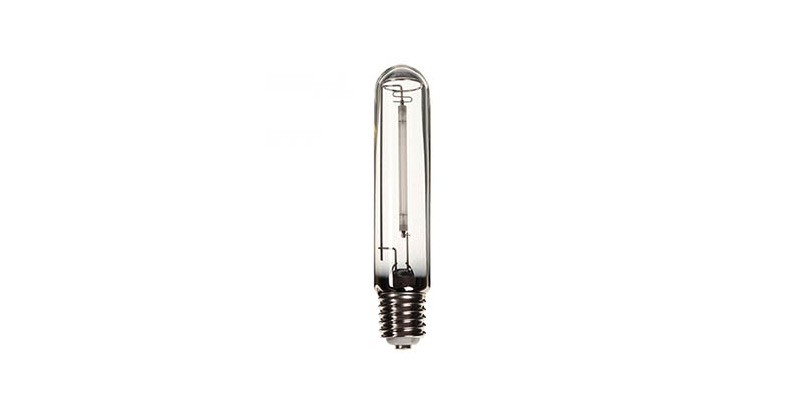
A HID is a light bulb that delivers electricity through a gas-filled tube. HIDs remain a popular choice for novice growers, either HPS or MH, because of their low setup costs.
Three types of HID grow lights for indoor growing - High Pressure Sodium (HPS), Metal Halide (MH) and Ceramic Metal Halide CMH
HPS
HPS emits intense light on the red and orange ends of the spectrum, better suited for the flowering period of plants.
MH
MH is often used in the vegetative growth stage of plants because it provides more blue light spectral range
CMH
Ceramic metal halide, or also known as luminescent ceramic (LEC) uses a ceramic arc tube, just like HPS. CMH is probably a combination of HPS and MH, so CMH has a wider spectral range, making it an excellent single-light solution.
However, while CMH is more efficient than regular MH lamps, it does not emit as much light in the red spectrum as HPS. Therefore, CMH cannot defeat HPS during the flowering growth stage of plants. Moreover, it remains unproven whether using a single broader PAR spectrum is a more efficient solution than combining them in terms of cost, crop yield, convenience.
2. HID grow lights
We can use three lamps (HPS MH and CMH) throughout the growing season from start to harvest, but are not highly recommended. Usually starts with MH or CMH during the vegetative phase. Then move to HPS during flowering. This means that if we are going to use HID, we should buy a MH and HPS bulb type separately as HPS igniters will not fit MH and vice versa.
However, we can consider using conversion bulbs, which allow us to run HPS bulbs on MH ballasts or MH bulbs on HPS ballasts.
advantage:
relatively cheap
Stable and high-quality yields have been demonstrated in the past.
Easy-to-use and consistent model across vendors. Unlike LEDs, we have to check the spectrum, orientation and model type for plants.
shortcoming:
Ballasts and reflectors are required.
Short lifespan.
3. Fluorescent lamps
True to its name, fluorescent bulbs or tubes use fluorescent light to emit visible light. It works through electrodes located at both ends of the bulb. As the current moves, the mercury inside the bulb absorbs the energy and produces shortwave light that makes the phosphor coating inside the bulb glow. Fluorescent lamps do not emit as much light as HIDs. As such, they are commonly used for seed initiation, rooting cuttings, and early to mid-vegetative stages of plants.
Two common types of fluorescent lamps used for indoor plants are tube lamps and compact fluorescent lamps (CFLs).
Tubular fluorescent lamps
There are many forms of tubular fluorescent lamps, namely T5, T8 and T12. Among them, the most popular and efficient for indoor cultivation is T5. T5s for planting usually come with multiple bulbs arranged parallel to each other in the panel. T5 emits less power than HID, so it is much cooler and can be placed closer to plants
CFL (Compact Fluorescent Lamp)
CFLs are short, twisted light bulbs that are common in every house. When CFLs were invented, they had replaced older incandescent light bulbs because of their longer life expectancy and efficiency.
Depending on the size and color of the CFL, it can be used for daily activities or increased from 12 W to 250 W. CFLs are just a short version of fluorescent lamps. Therefore, it can fit into a smaller growing space than other types of lights. These lamps are relatively inexpensive. It doesn't generate a lot of heat. So it doesn't need much ventilation
advantage:
relatively cheap.
Runs cool and can be placed near plants.
shortcoming:
Not as strong blooming as HID (HPS)
Short service life (approximately 10,000 hours of use)
Ballasts and reflectors are required.
Fluorescent grow light tips:
Fluorescent bulbs are an effective cost-saving solution for beginners and great complementary bulbs for experienced growers. They are an excellent choice for seedlings, clones and vegetative growth of plants as the light is not as strong as HPS or LED high power lights. This means that if our setup is small, we can use fluorescent bulbs for all growth stages. However, if we want a better approach when plants are entering bloom, it's better to use HPS or LED grow lights, which lead to higher yields.
4. LED (Light Emitting Diode)
Compared to other lighting types, LEDs entered the market late. Initially, home users and growers were skeptical. However, LED quickly proved its worth as it can perform efficiently and display some distinct unique advantages that other grow light types cannot. LED grow lights are all the rage these days, both for hobby growers and commercial greenhouse farms. This is because LEDs are very energy efficient, do not dissipate much heat, and do not require much maintenance.
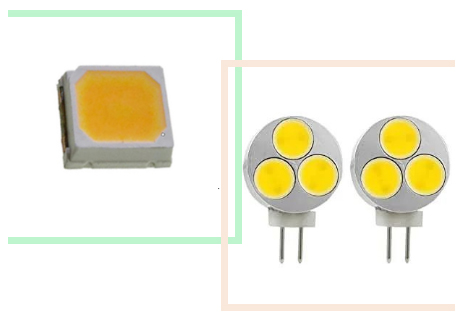
People can customize LED diodes to emit the specific wavelengths of light they want.
advantage:
LEDs often come with built-in cooling to help regulate the heat around the plant. Therefore, there is no need to worry about ventilation and frequent grower checks.
A little heat radiates out. We can place the LEDs close to the plants, giving us great versatility.
better service life. The average LED lighting time is 50,000 hours, which can last up to 15 years compared to the HP's 10,000 hours.
shortcoming:
The initial setup fee is high. But in the long run, the cost of LED is not high because of its efficient performance.
LEDs need space for plants. Plants can be burned by too much light, even when temperatures are cool.
Ambient temperature vulnerability. This only happens where the temperature is very high (like a processing plant). The performance of the diodes of LED lamps depends on the ambient temperature. Too hot and the LED module will burn out.
How much electricity is needed?
Wattage output will vary by light source. However, to give an intuitive picture of a rough estimate, generally we need at least 30 W per square foot. But 50 W per square foot is optimal.
Now, calculate the lighting needed for the area we are planting.
Assuming we light an 8 sq. ft. grow space, that area needs at least 30 x 8 = 240 W. The optimal optical power is 50 x 8 = 400 W. Different types of lamps produce different wattages. So a CFL emitting 400 W might equal a 200 W HPS lamp. Room arrangement, planting methods, reflectors, and surroundings may also affect the required lighting. Be sure to observe the growth of the plants and adjust the light power individually.
Which grow light is best for us?
Let's compare the most commonly used grow lights.

Essentially, if we have a small budget and we have limited room for growth, go for CFL bulbs. They are inexpensive and easy to install and replace. However, CFL still delivers decent results, which have been proven over the years. We can also use HPS lamps alone, or better combined with MH, CMH or CFL bulbs. They are also very affordable and provide reliable results. But be prepared to cool down because the HPS is hot when in use.
If we are looking for a high-efficiency grow light device that can be used for a long time, then LED is an excellent choice. They're expensive, but they make the most of your money with cool operation, longest lifespan, and very little power consumption. Most importantly, it produces a huge yield.

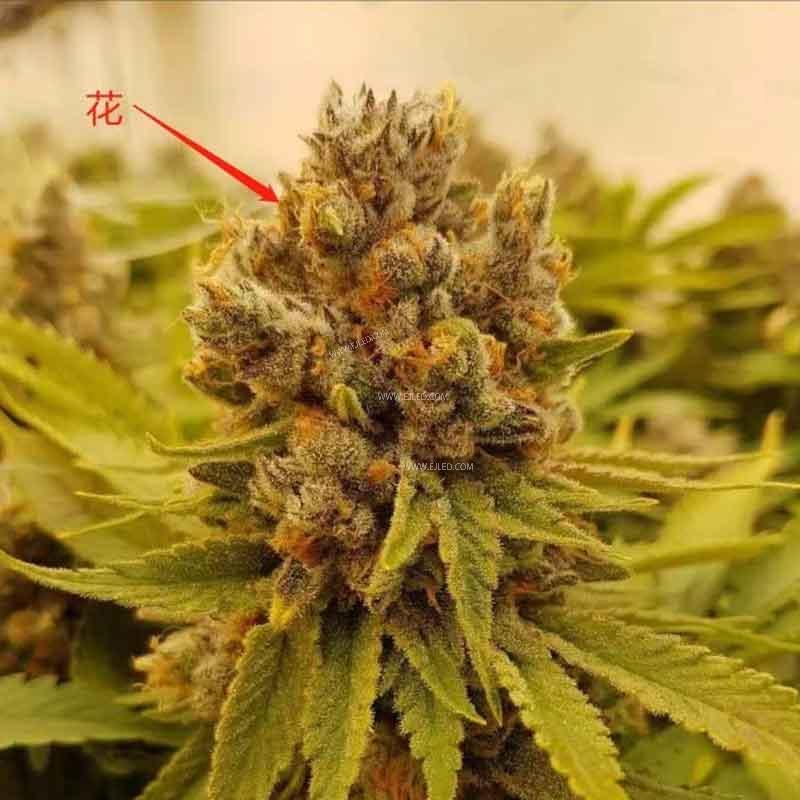
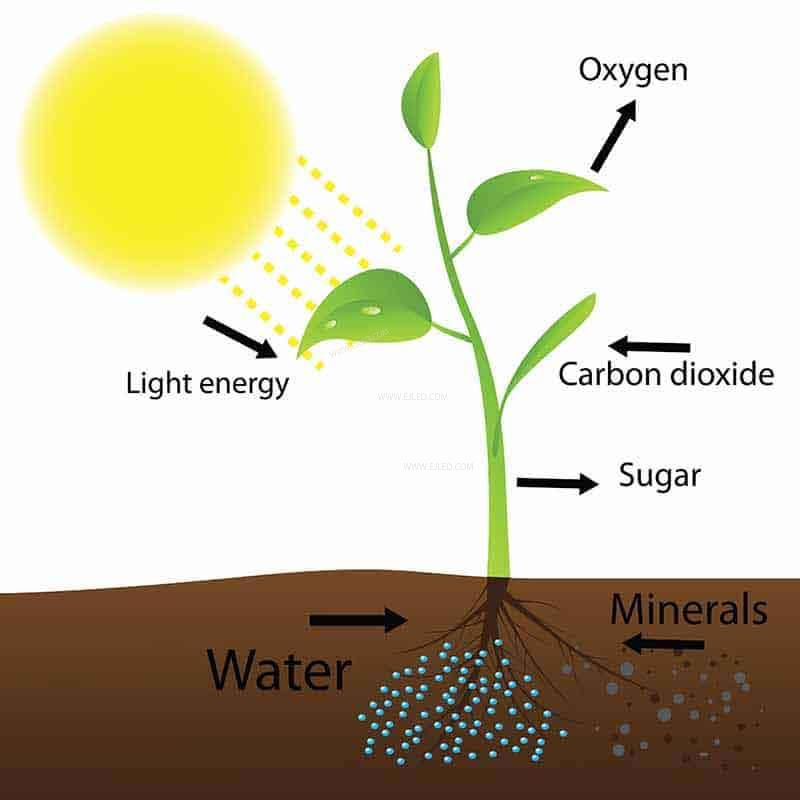
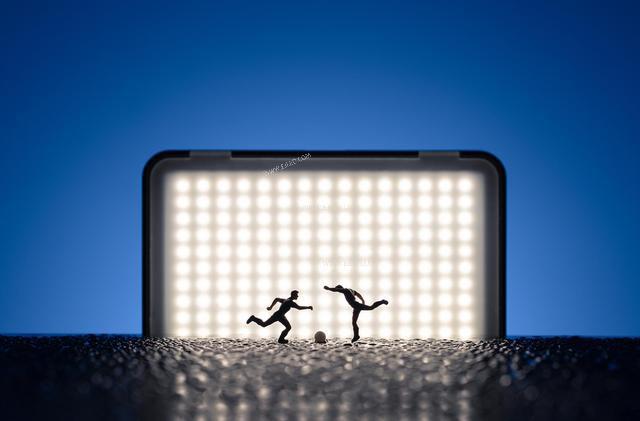
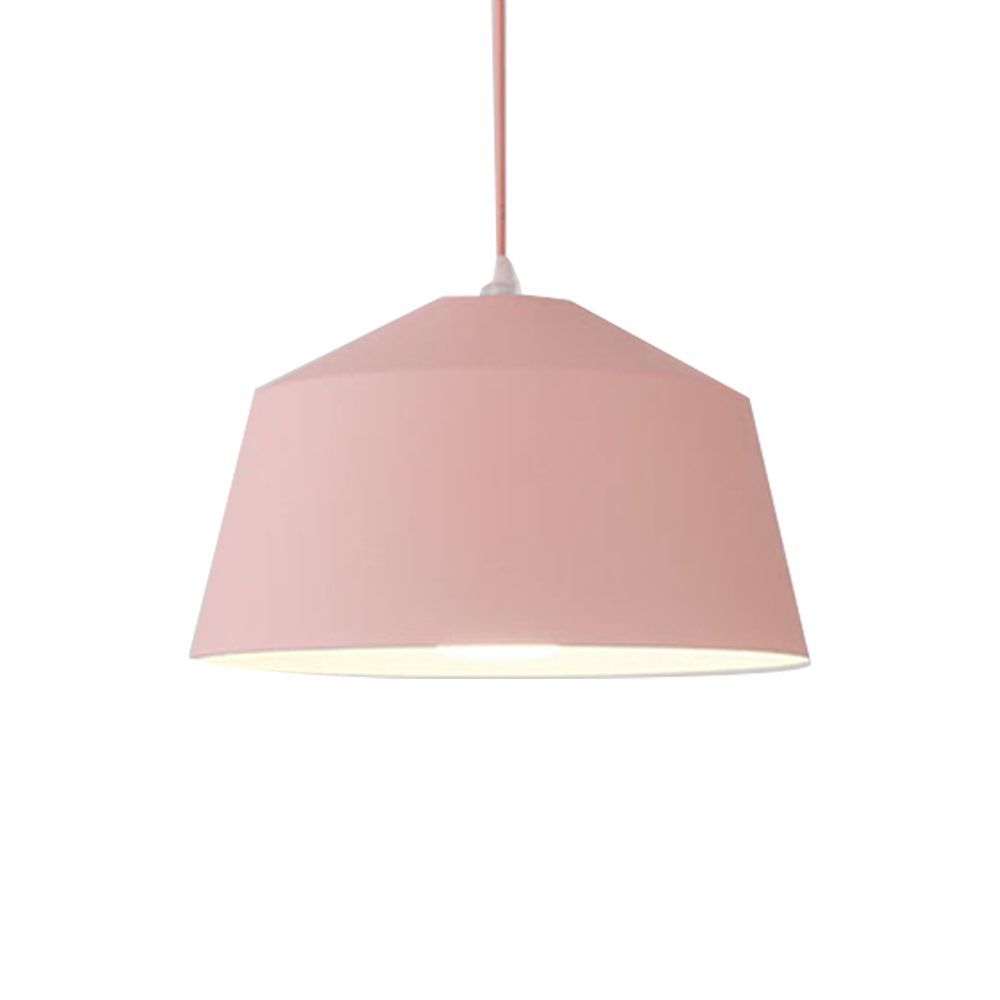
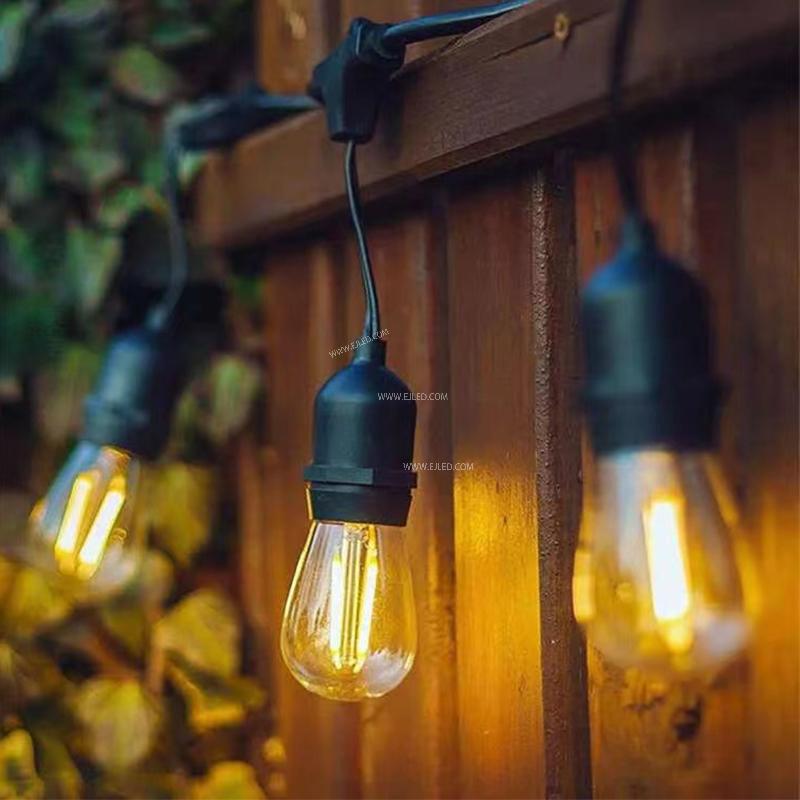

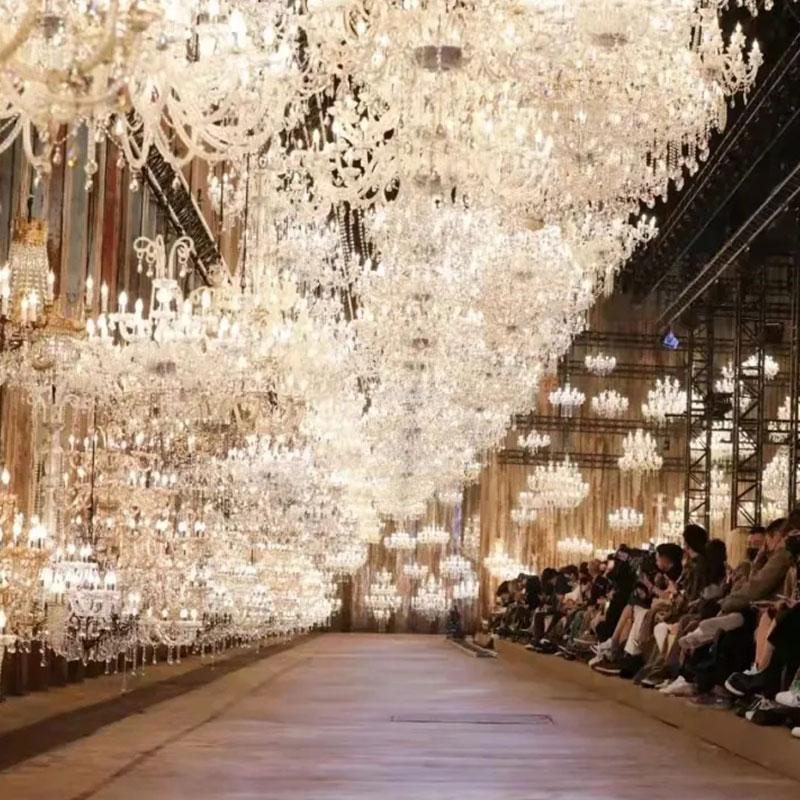
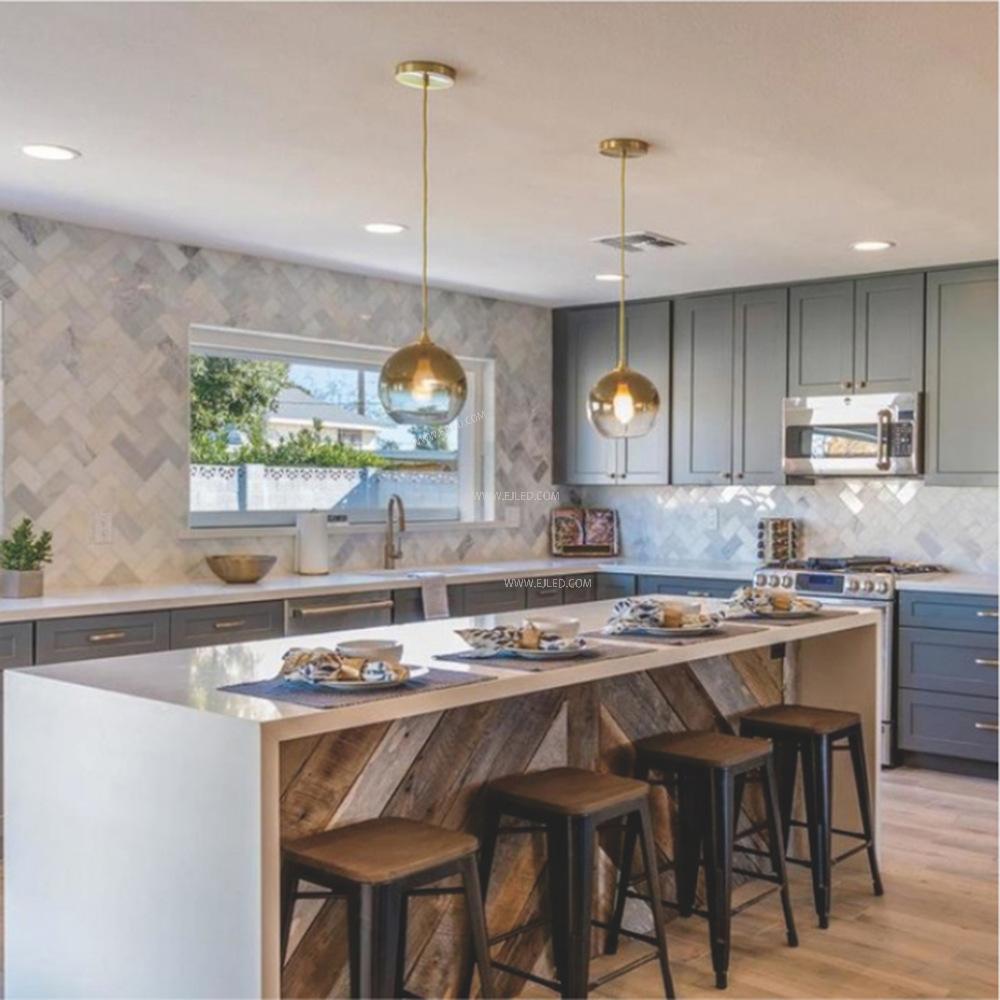
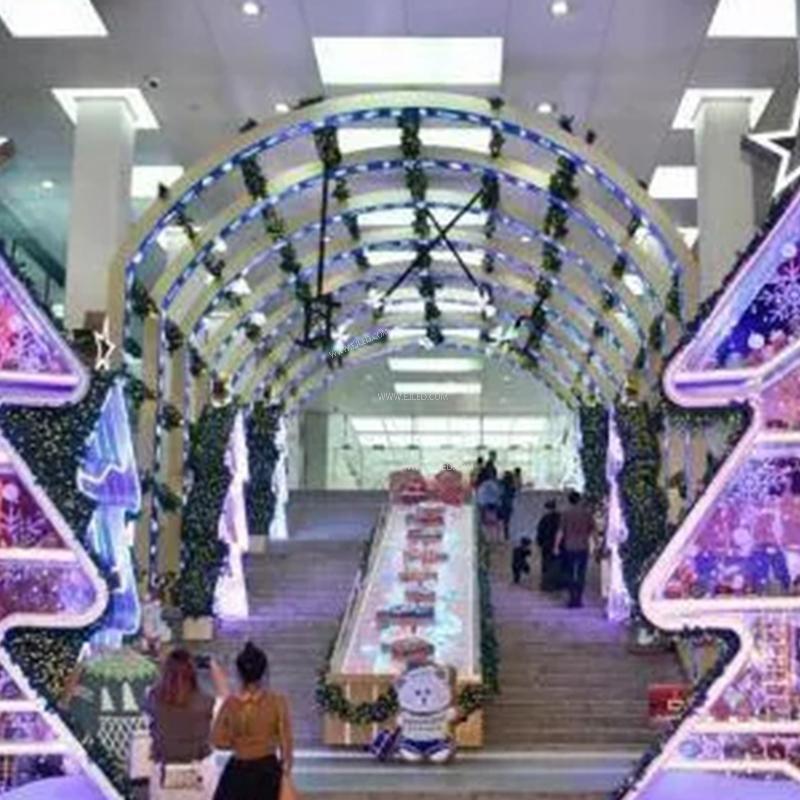
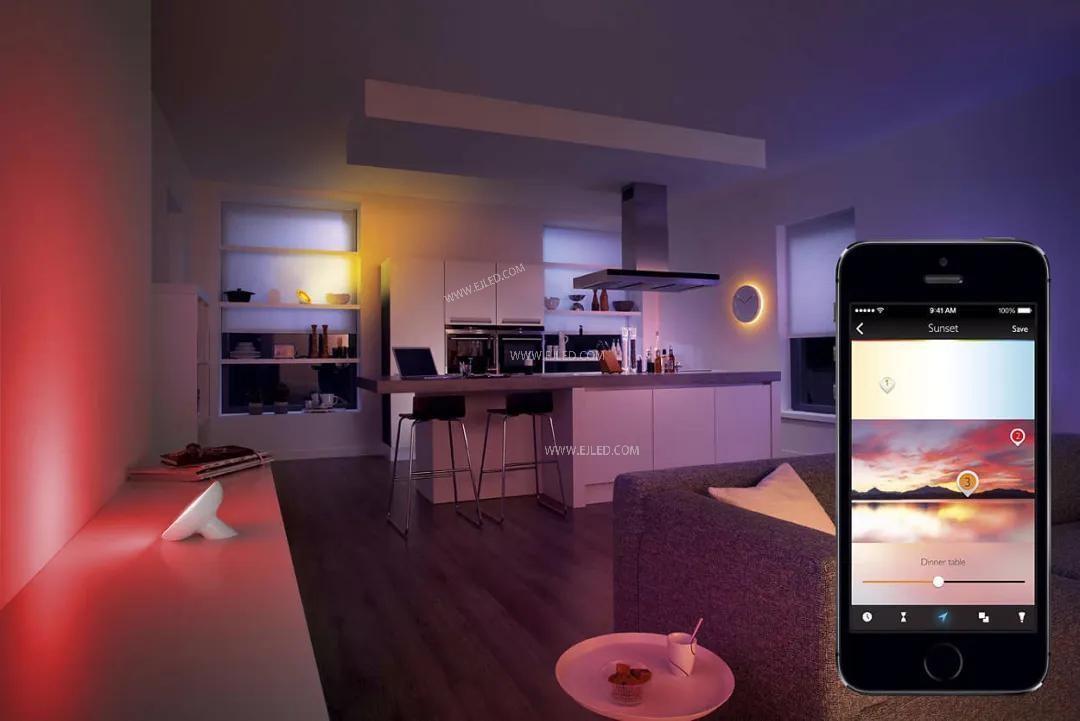

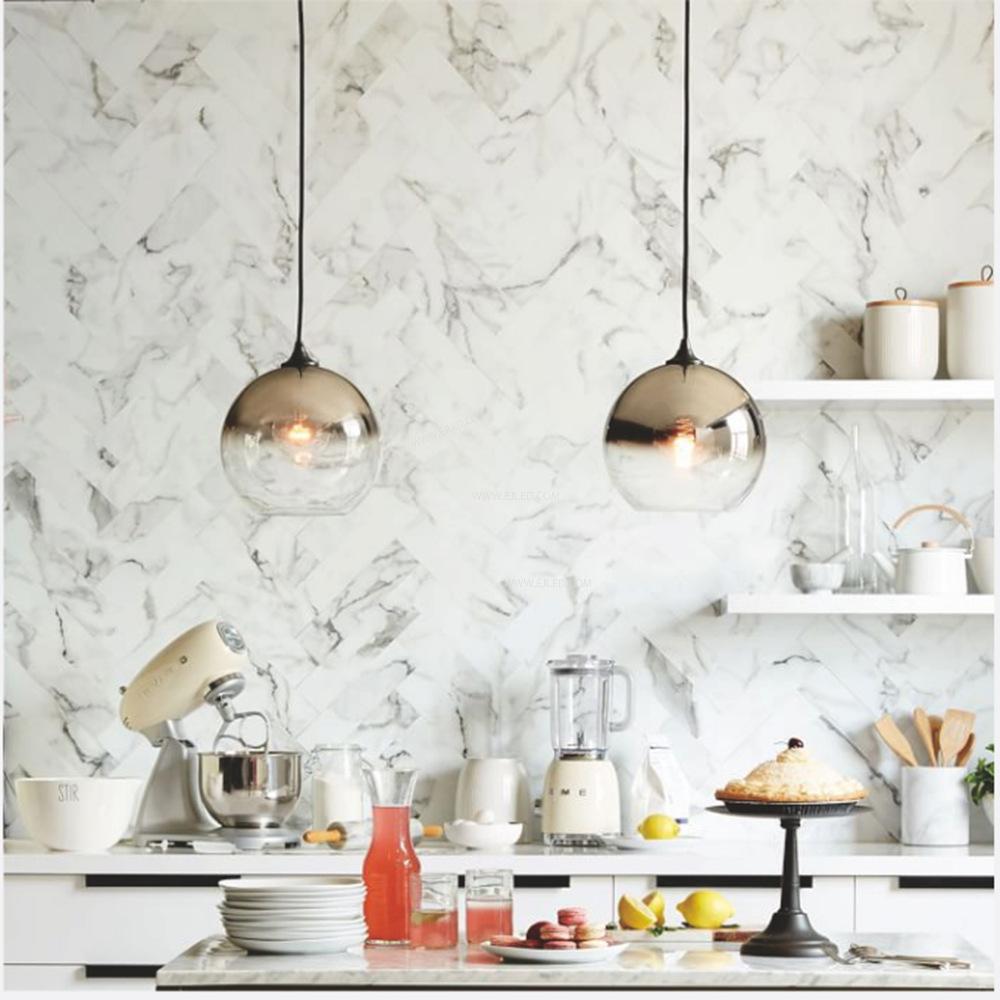
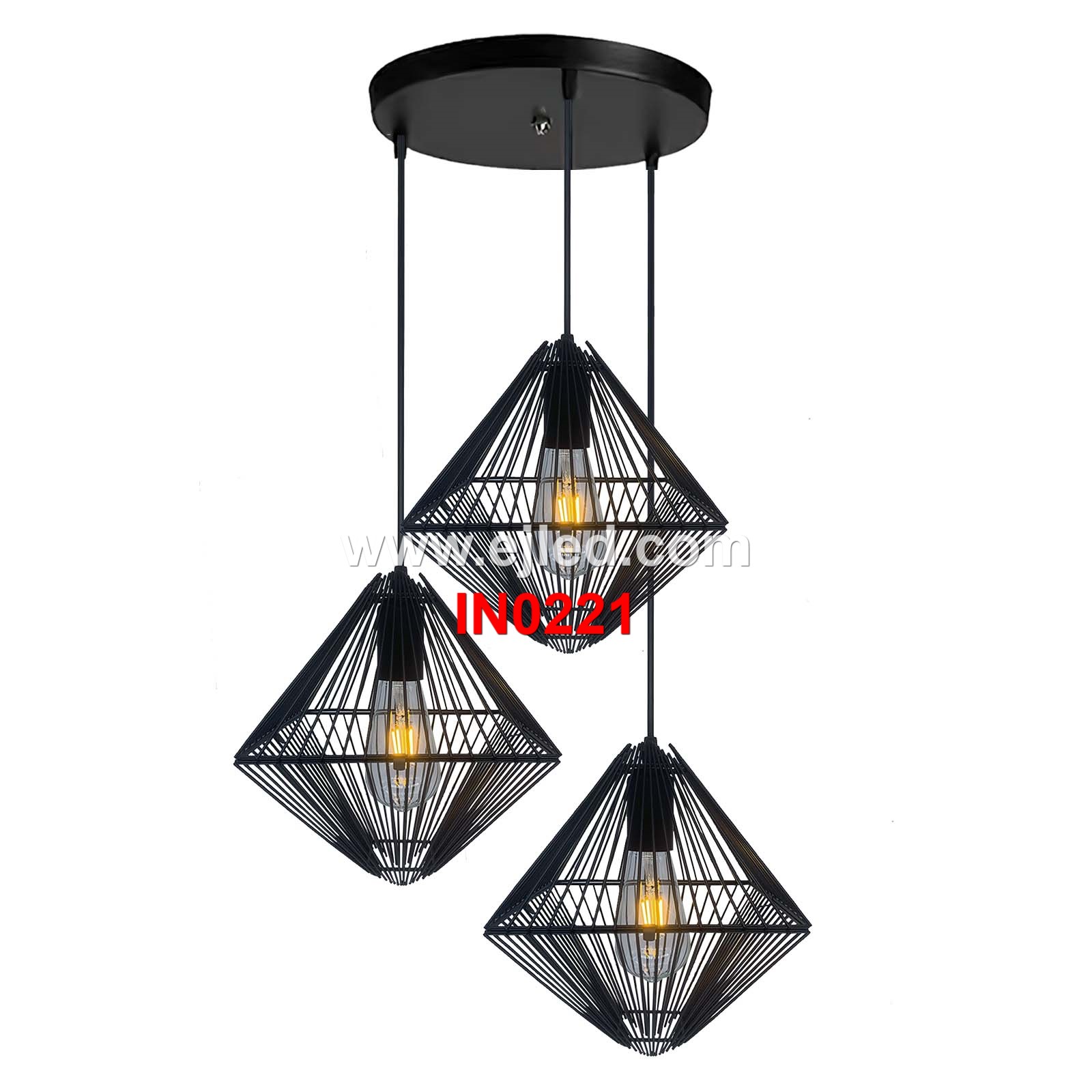
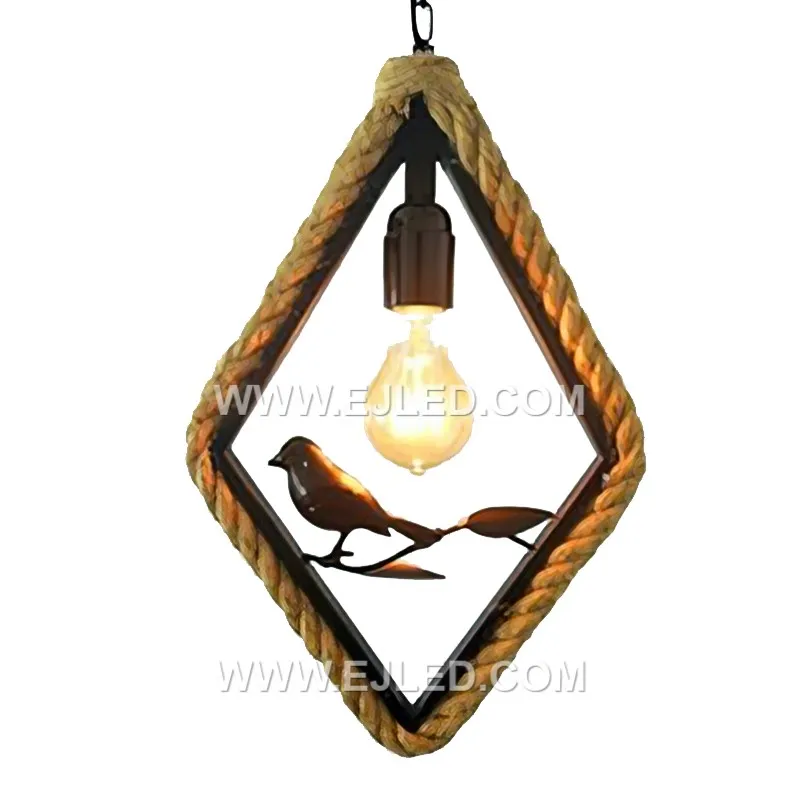
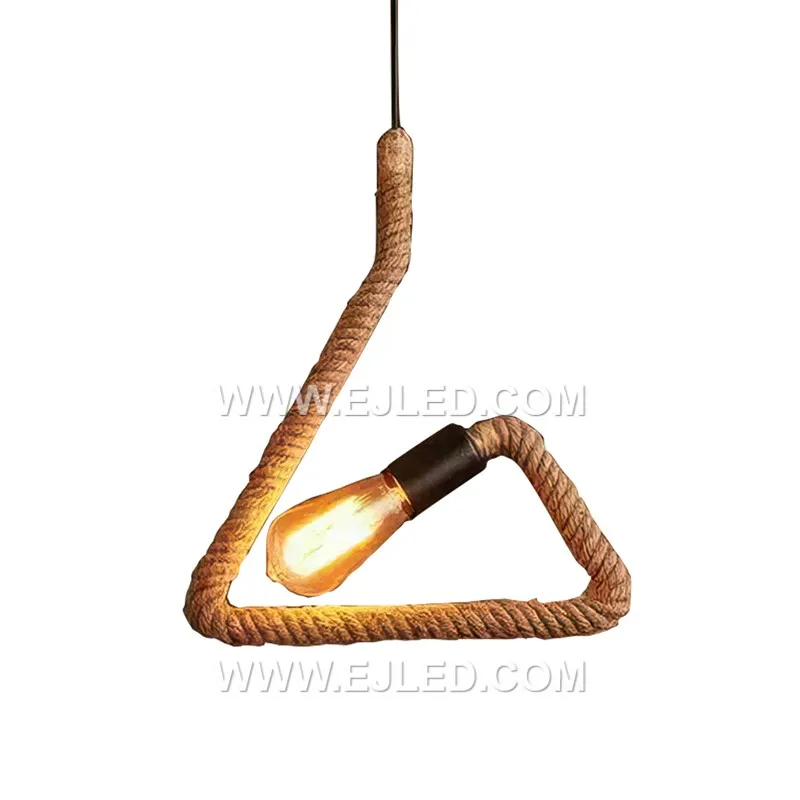
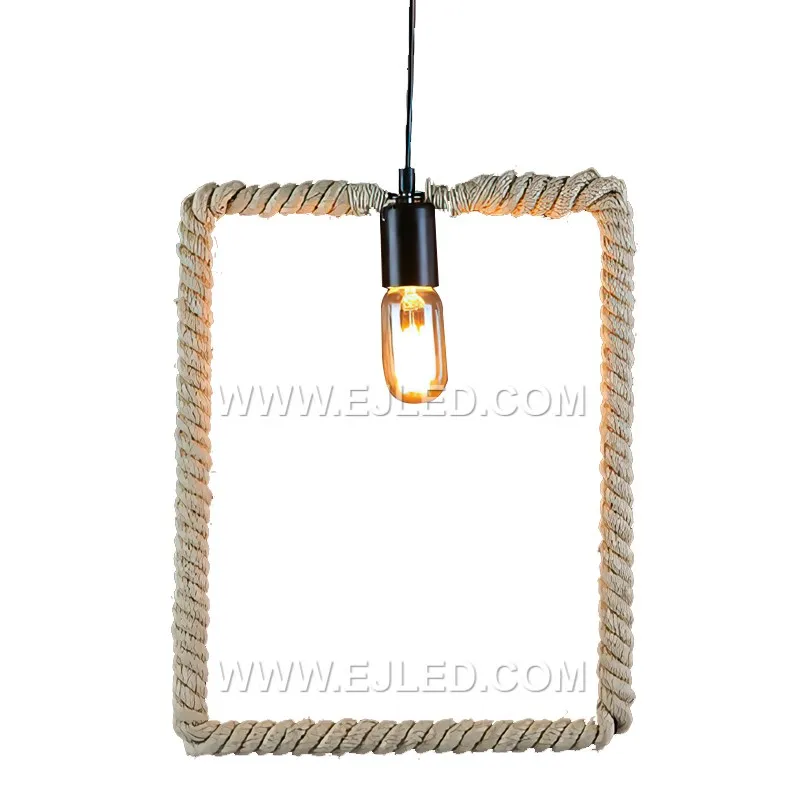
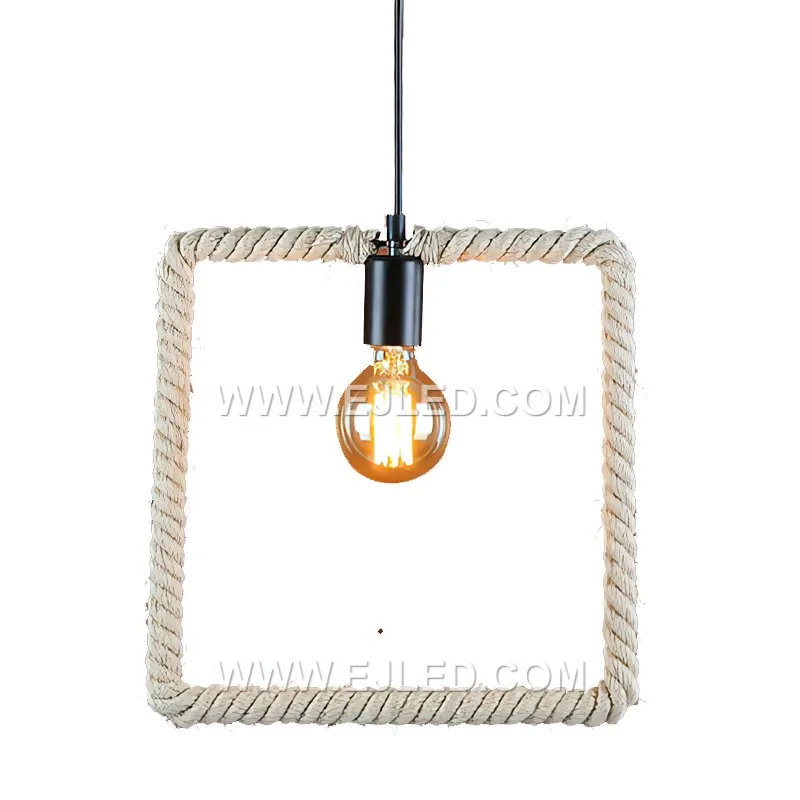
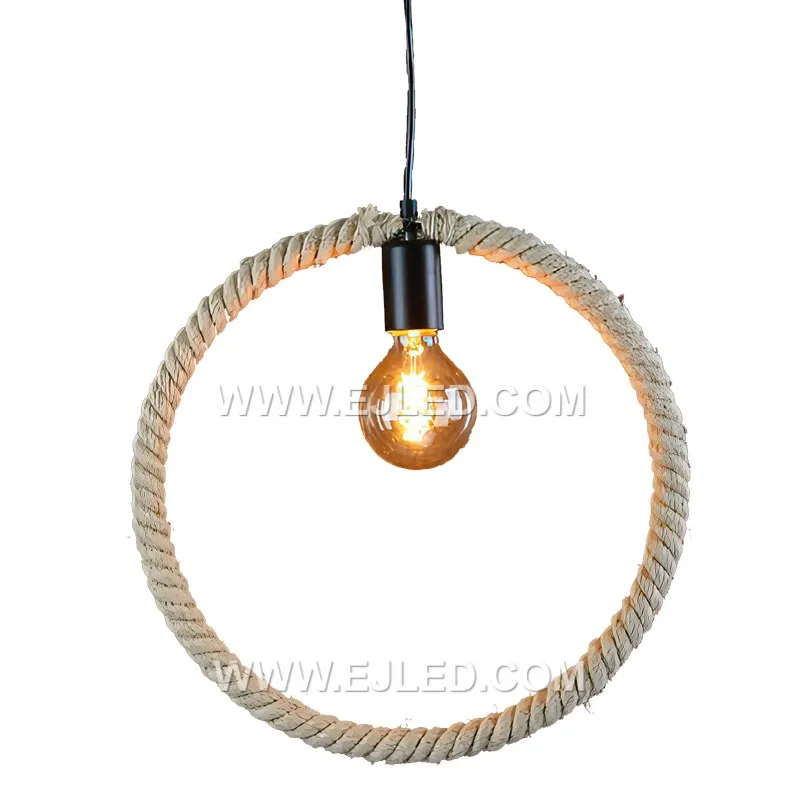
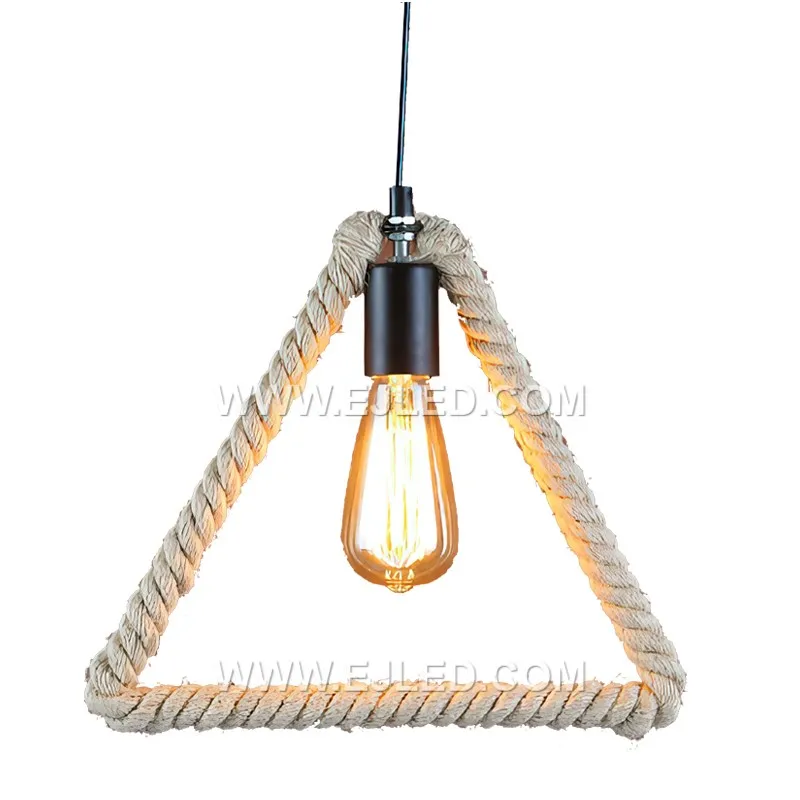
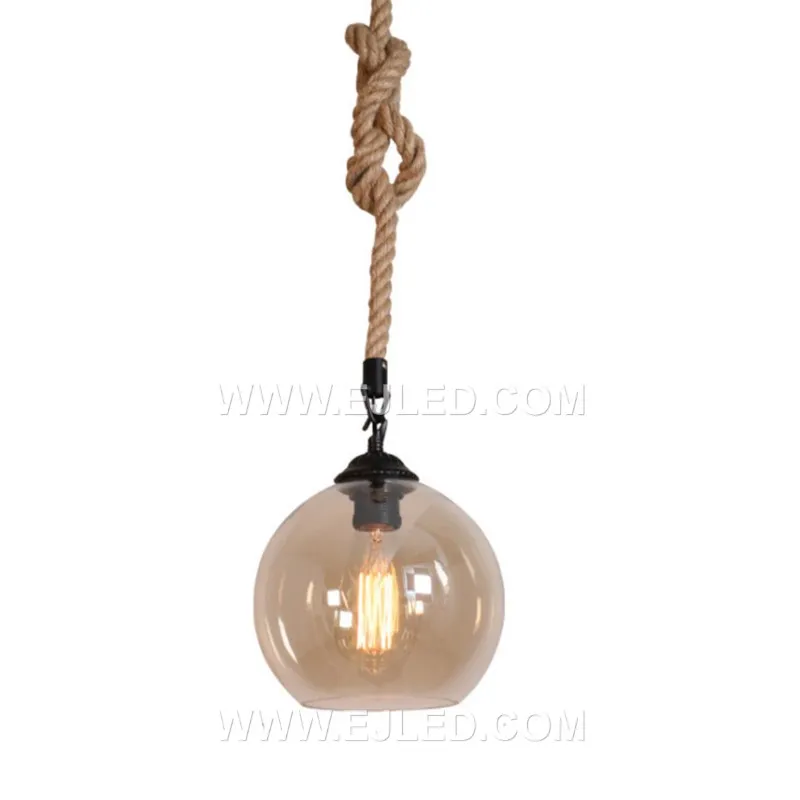
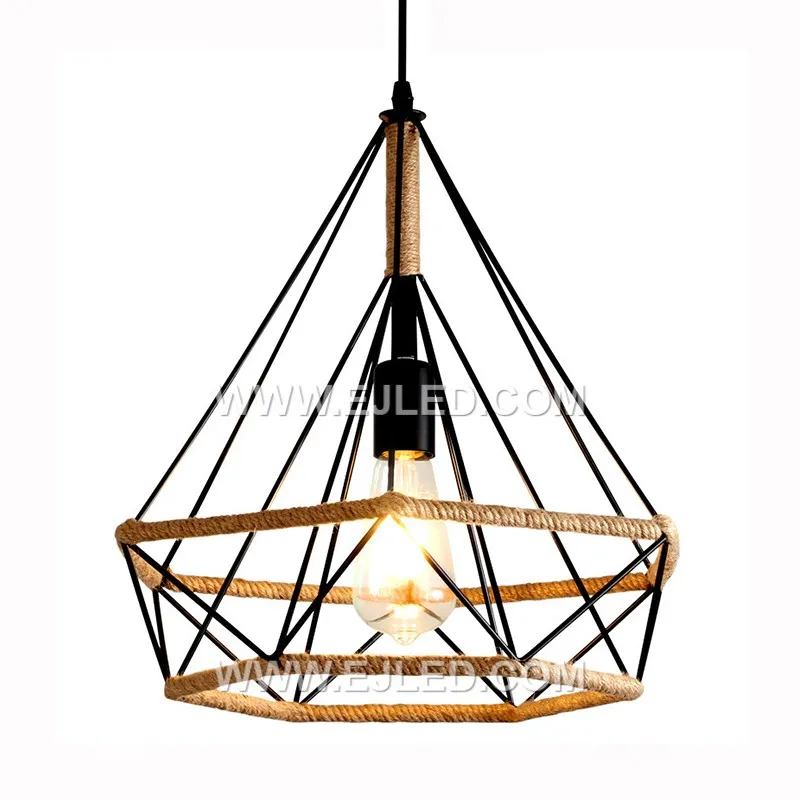
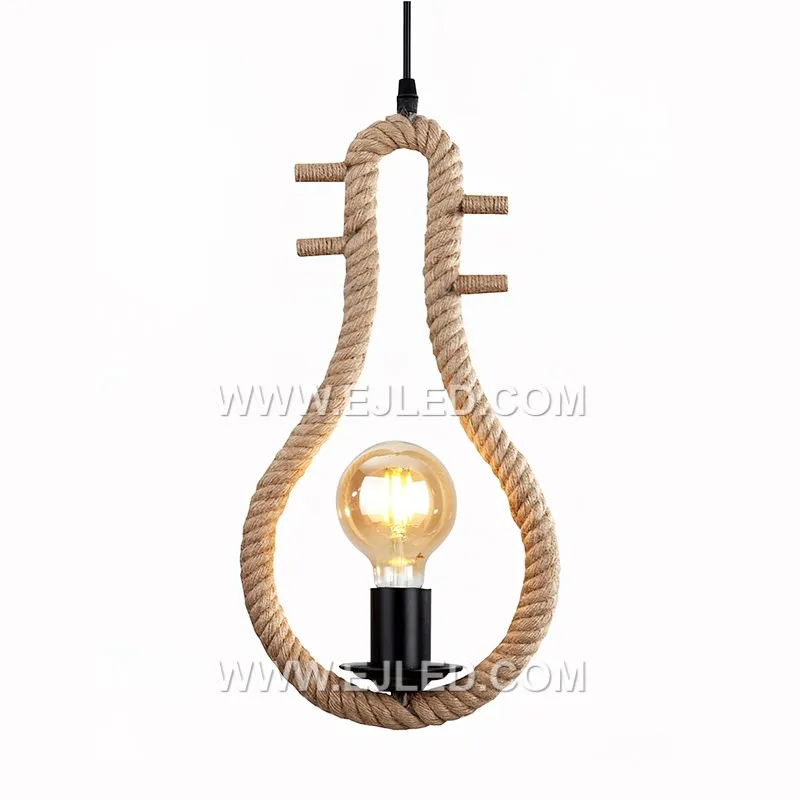
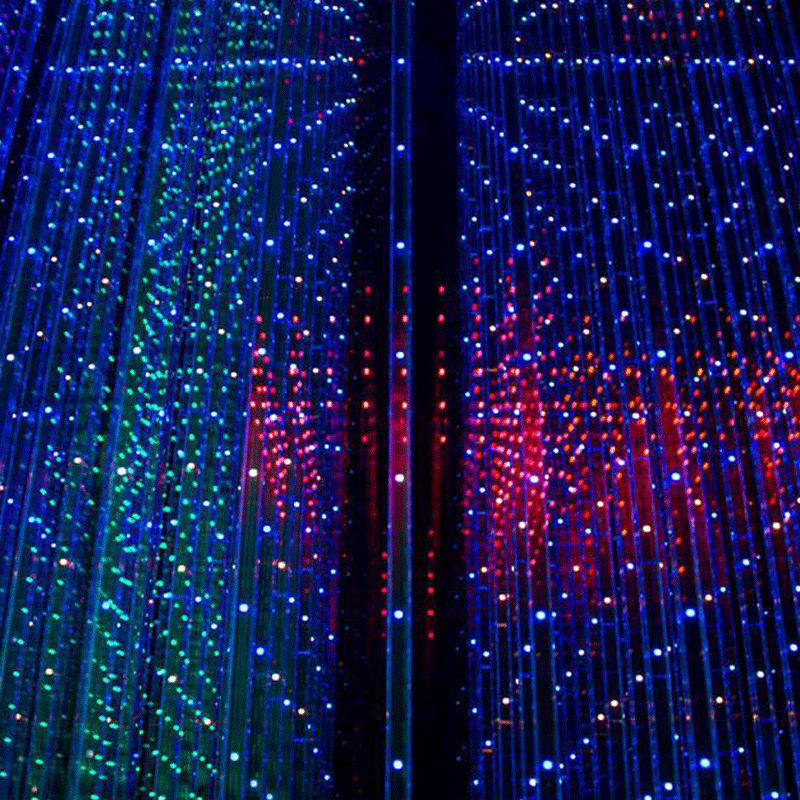

Leave a comment